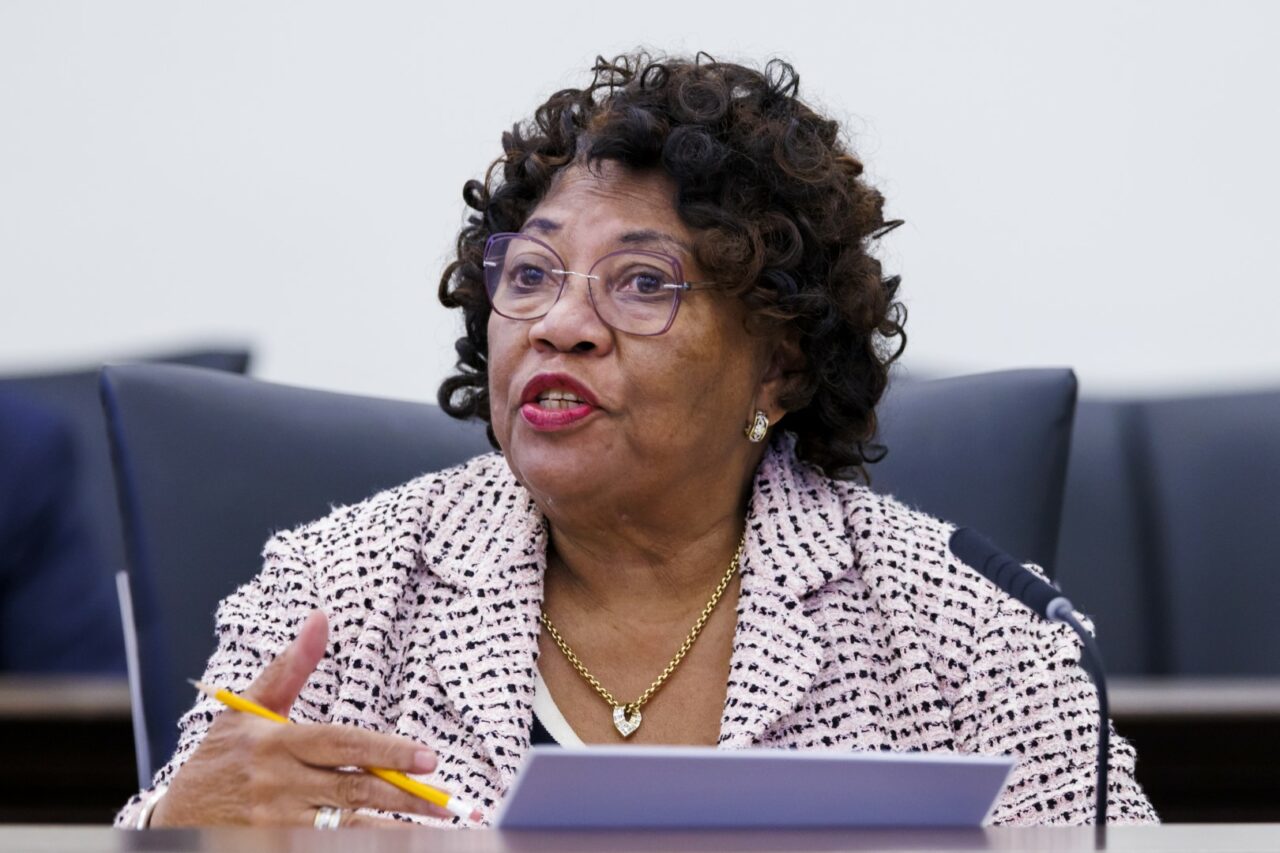
Members of a task force responsible for developing plans and recommendations for a proposed Florida Museum of Black History are closing the window for location proposals and settling on criteria by which to rank them.
“We have to stop at some point,” said the task force Chair, Sen. Geraldine Thompson, near the end of the panel’s fifth monthly meeting.
By then, members agreed to a list of 12 potential spots across Florida they would consider as the home of an official state museum of Black history.
They include Daytona Beach, Havana, Jackson County, Nassau County/Amelia Island, Opa-locka, Orange County, Panama City Beach, Quincy, Sarasota, Seminole County, St. Johns County/St. Augustine and St. Petersburg.
At the request of Sen. Bobby Powell, the task force will hear one more presentation from the Palm Beach Cultural Council at its next meeting on Feb. 19. Then that’s it.
“It’s fair to say that every entity or community has had an opportunity to present,” said Brian Butler, President and CEO of JCB Construction in Orlando.
Members again discussed what kind of programming they’d want to see at the museum, including perspectives that might not immediately come to mind when contemplating Black history.
Regina Gayle Phillips, Executive Director of the Lincolnville Museum and Cultural Center in St. Augustine, said she’d like to see exhibits dedicated to Black explorers like Juan Garrido, a free African conquistador who was with Ponce de Leon when he made landfall in Florida.
Thompson stressed the importance of teaching museum attendees and students across the state the history of Black people preceding slavery, including African kingdoms that existed before the slave trade.
It’s also important, she continued, to teach about American slavery and its aftermath accurately, including the roles Black people had during and following the Civil War.
“We were part of our own liberation,” she said.
On that note, Rep. Berny Jacques said an often-overlooked aspect of the Civil War is that some African Americans served with Confederate armies.
“Talking about that history and how that came about, I think, is worthwhile to explore,” he said, adding that attention should also be given to Josiah Walls, who served during Reconstruction as Florida’s first Black member of Congress.
The preponderance of Friday’s discussion centered on where the museum will go and how to grade each locality vying to be its home.
Jonathan Grandage, assistant director of the Florida Division of Historical Resources, ironed out the criteria details with the task force. Based on 110 available points, each location will be able to earn up to:
— 20 points for the historical significance of the community or region, particularly as it relates Black Floridians and the African diaspora, and any significant historical figures, events and places there.
— 20 points for funding commitments and support from federal, state and local governments, as well as any private donors.
— 20 points for partnerships with the local school district, public or private educational institutions, museums and cultural organizations, and existing cultural heritage tourism and support bases.
— 20 points for how appropriate the location is with regard to available land for new construction or existing facilities that can be renovated or adapted for museum use.
— 10 points for the regional economy, including local talent supplies and education, infrastructure, business climate and governance.
— 10 points for regional demographics, land area and developmental density.
— 10 points for transportation infrastructure, including connections to existing highways, availability of public transportation, alternative transportation and proximity to airports.
Ideally, Thompson said, the task force will be able decide on where best to build the museum by next month.
“We would be considering this sort of like an RFP,” she said. “We turn out the criteria, you respond to the criteria with regard to your location, and we hopefully make a decision in February.”
Before that, she said, residents will be able to provide feedback at the Florida Legislative Black Caucus meeting Jan. 23 at the Challenger Learning Center of Tallahassee.
Lawmakers last year unanimously approved legislation (HB 1441) to establish a task force for a potential Black history museum in Florida. The measure’s sponsor, Rep. Bruce Antone, envisioned a single, monumental structure full of artwork; life-size replicas of people and interactive displays spanning 100,000 square feet of exhibit space; a 10,000-square-food entrance hall and atrium; and 10 halls dedicated to different African American history themes.
Four more monthly meetings are planned through May, by which time a proposed location, design, digital rendering, floor plan, marketing plan and plan for transition from state funding to self-sufficiency — all financed with a $20,000 state appropriation — must be approved.
After that, Florida Department of State staff must assemble a report, due back to lawmakers July 1.




One comment
MH/Duuuval
January 13, 2024 at 8:42 pm
“On that note, Rep. Berny Jacques said an often-overlooked aspect of the Civil War is that some African Americans served with Confederate armies.”
There were African Americans or their widows who got Confederate pensions issued by some of the Southern states. But, none toted a gun or rode into battle and engaged the Union. Which is why the museum is needed — to educate the ignorant.
I like a Black Belt site, either Jackson County or Havana, preferably Havana due to its proximity to Tallahassee and its amenities.
Comments are closed.